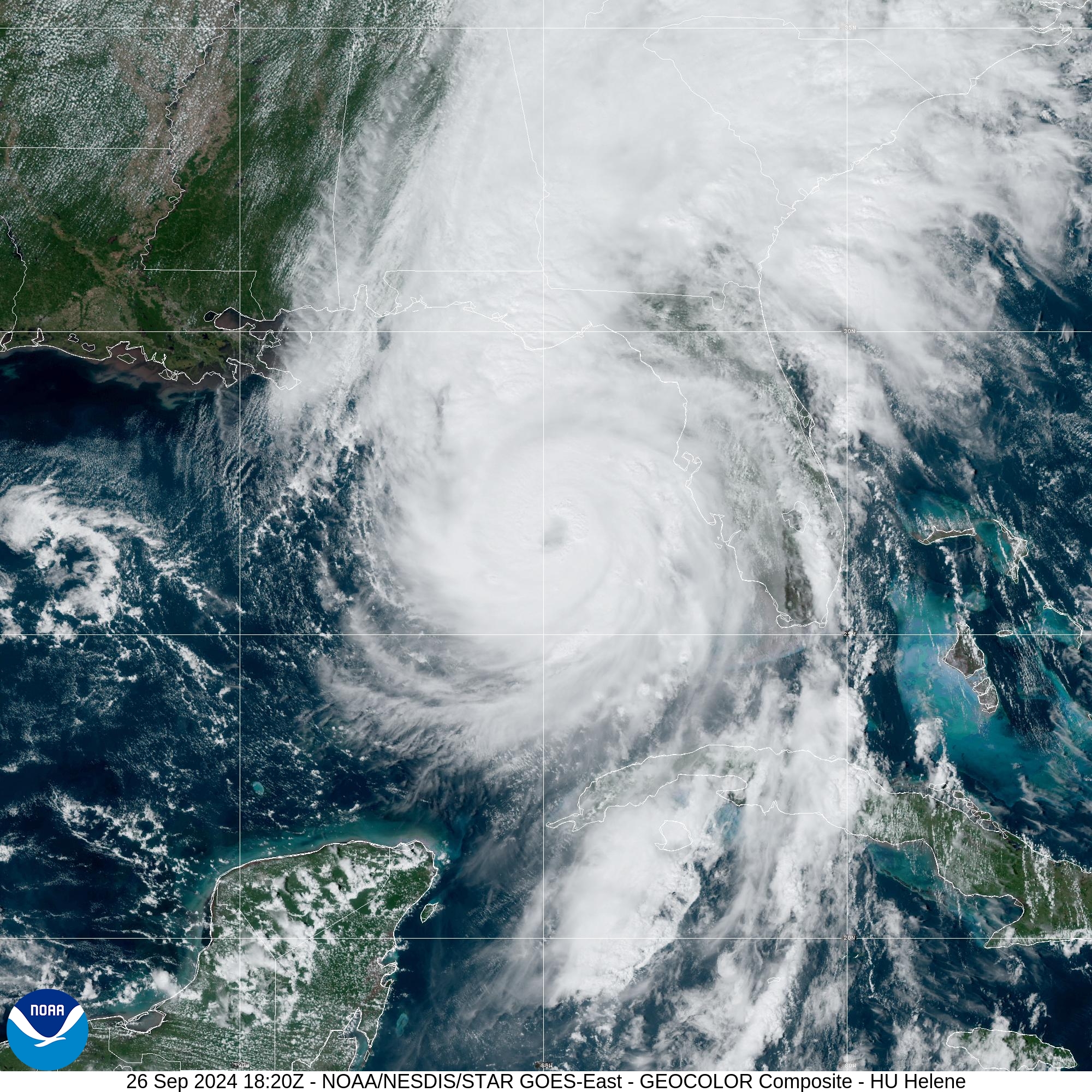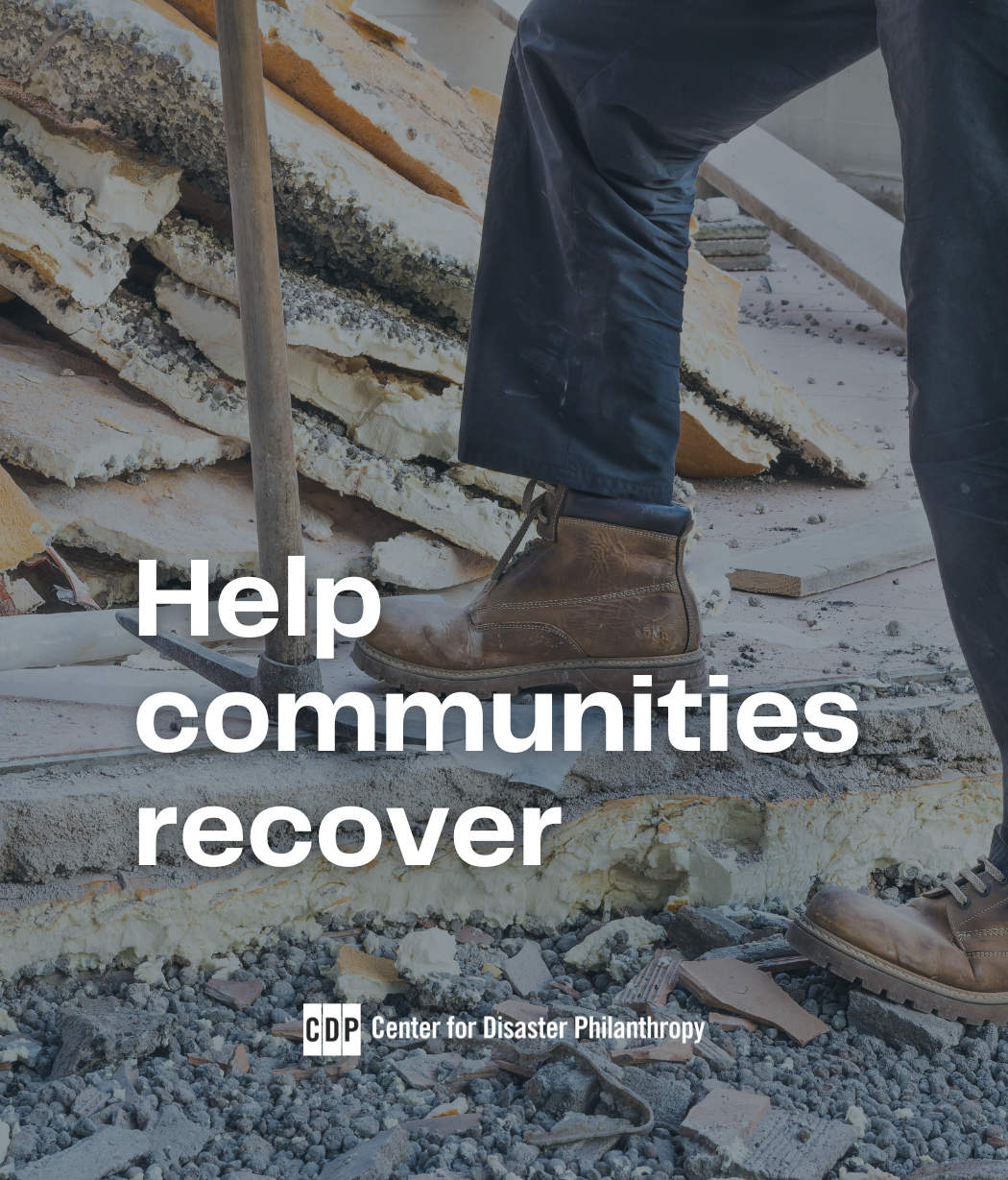Hurricane Helene: How funders can support recovery

Hurricane Helene was a monster storm, one of the biggest on record to hit the U.S. It made landfall as a Category 4 storm near Perry, Florida on Sept. 26, bringing devastating, widespread impacts across Florida, Georgia, the Carolinas and beyond.
Since 1988, only three Gulf hurricanes have been bigger than Helene, which had a huge wind field covering much of the coast of Florida. When the impact is so widespread, it taps the resources of all affected municipalities and tribes, and even the states, so they can’t rely on each other for support. This means external support will be needed for recovery.
In addition to wreaking havoc across Florida, the storm’s impact extended deep inland, causing flood and wind damage well beyond the coastal areas, including Georgia, Tennessee, the southern Appalachians, the Carolinas and the Southeast. These communities have faced other disasters in recent years, including tornadoes, flooding and storms.
While Helene’s full impacts won’t be known for days, CDP recognizes that the storm hit communities affected by other hurricanes, as recently as Hurricane Debby last month. When communities get hit repeatedly, they can’t fully recover before the next blow. This diminishes resilience and increases the need for funders to enhance available resources.
CDP hosted a webinar to discuss the impact of Hurricane Helene, the most urgent and ongoing needs in affected communities, and how funders can support recovery.
CDP’s President and CEO, Patty McIlreavy, moderated the discussion with the following panelists:
- Ryan M. Eller, Executive Director, Appalachia Funders Network
- José García, CEO, Rebuilding Together Tampa Bay
- Debra M. Jacobs, President and CEO, The Patterson Foundation
This webinar was co-sponsored by The Funders Network, Florida Philanthropic Network, Philanthropy Southeast, Council on Foundations, United Philanthropy Forum, National VOAD, Appalachia Funders Network, North Carolina Network of Grantmakers, Funders Together to End Homelessness and Giving Compass.
Please see the slide deck, read the recap on Giving Compass and watch the webinar recording to learn more:
